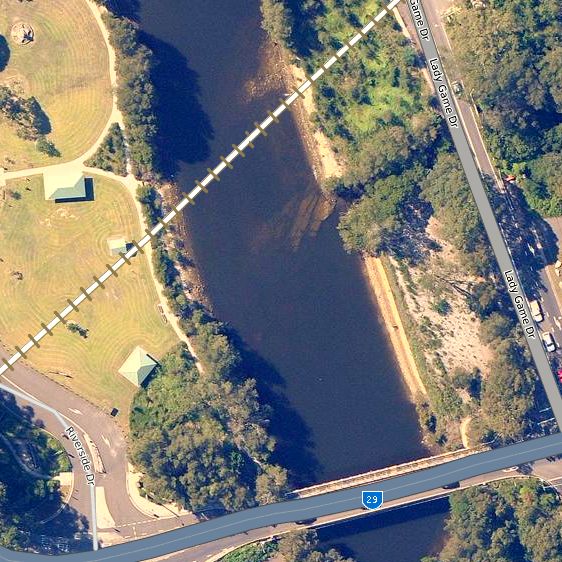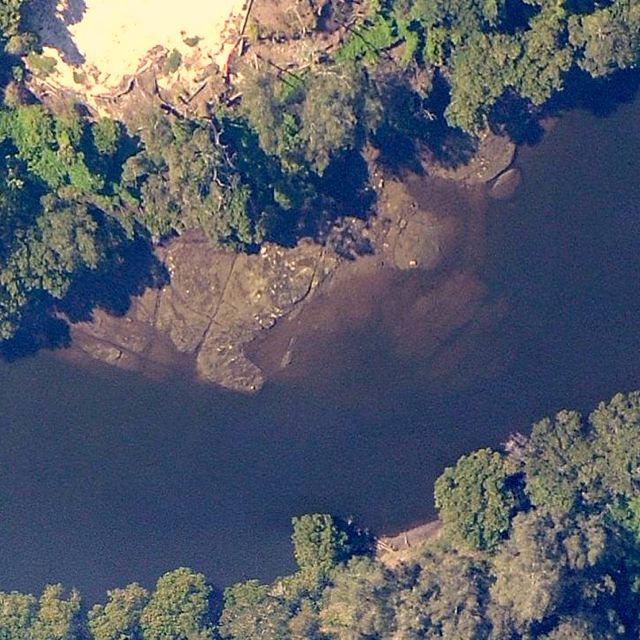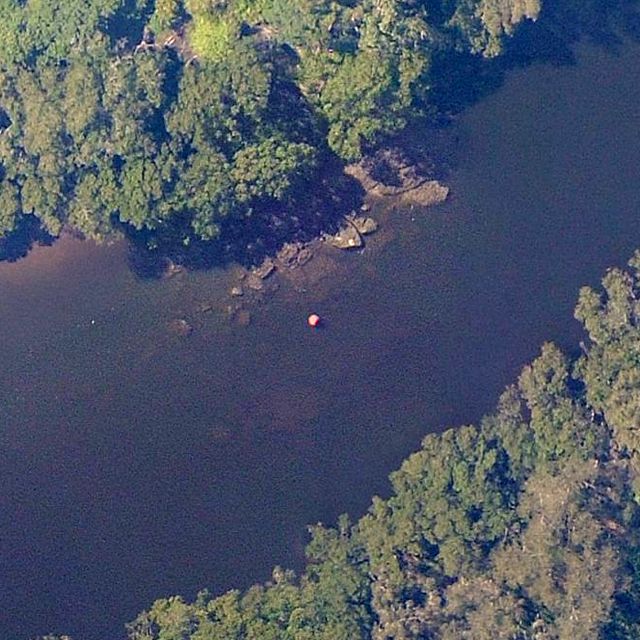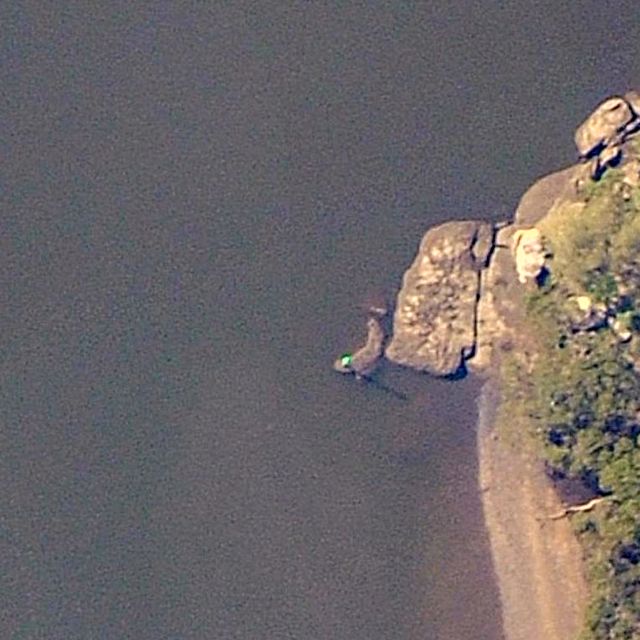Safety
At LCRK safety is the top priority. Paddlers are responsible for their own safety and should familiarise themselves with the club’s risk management and emergency procedures (see PDF here)
The Basics.
Paddling is for fitness, challenge, relaxation – or simply to get you into beautiful places. But do you know how to paddle safely – so things don’t go wrong? PaddleNSW has worked with Transport NSW to produce a range of videos examining key ways you can paddle safely, and enjoy your paddling feeling confident and security
Assistance
The most important aspect of safety is looking out for each other, particularly during our Time Trials. If for any reason you suspect a paddler is in trouble, stop. If someone is in the water the first person to arrive must stay with them until they have re-entered. (Times will be adjusted)
If you have any concerns stay with the paddler and call for assistance from other craft. If necessary, send another craft back to the start/finish line to get assistance from the starter. The club's procedures will be followed including issuing tow lines and first aid kit. If there is any serious concern, authorities will be contacted as per the club's written procedures.
Buoyancy
Your kayak must have sufficient buoyancy to allow it to float parallel to the surface when full of water, i.e. a sealed bulkhead or foam at both ends of the boat.
Self Recovery
Paddlers should be comfortable with their ability to recover in the event of capsize. At the most basic level this may involving simply swimming to the bank for a 'conventional' shore based remount. More experienced paddlers have mastered techniques for deepwater recovery and this skill can be acquired in your own time at suitable locations. A range of 'how to' videos such as those below, are available from the usual sources.
For Skis:
- How to remount your surf ski
- Essential surf ski skills - the remount
- Surfski remount - detailed
- 4 second remount from waist deep
- Rough water remount
For Kayaks:
- Kayak remount techniques
- Kayak remount
Lifejacket (aka PFD or Personal Floation Device)
NSW Legislation - LCRK require that all paddlers wear an approved Lifejacket (PFD) for all Wednesday night time trials. For a plainer english version visit: the service NSW website and scroll down till you find the relevant commentary re kayaks etc.
Boat Lights
LCRK require that all boats have proper lighting between sunset and sunrise. Lights are required for all Wednesday night time trials outside of daylight savings, and any other times you are going to finish after sunset. Look out for emails from the committee on this. More information at Service NSW
LCRK requirements are:
- White light on the front, red light on the back (but both white if at locations other than Lane Cove River)
- Constant not flashing
- Attached to the bow and stern of the boat (not the paddler)
- Ensure your front light is not concealed behind your bow upturn as it makes you invisible to oncoming paddlers.
- Ensure your front light is not shining in your eyes - it ruins your night vision.
- Not so bright that they cause discomfort to other paddlers. Multi LED headlamps and torches are generally too bright and are not acceptable.
A single LED light (e.g. a keychain LED) placed inside a white vitamin/film canister makes an effective light.
Boat numbers
All paddlers taking part in the Wednesday Night Time Trial must have a clearly visible boat number. This is important to help the time keepers do the difficult job of recording times. But more importantly it is critical that the time keepers are able to account for everyone. The LCRK reflective numbers are key to marking paddlers off as they go out and return. They also distinguish us from other paddlers on the river.
Numbers must be:
- LCRK issued - reflective white on black
- Attached securely to the boat behind the paddler
- Be vertical and clearly visible from both sides
It is recommend that all boats have a permanent number holder bolted to the deck. Temporary, suction cap number holders are available at the shed for $10. If for some reason you do not complete the course you must inform the timekeepers so your number can be listed as 'returned'.
Stay Right
All boats on a collision course must turn to the right. This does not mean you cannot take sensible racing line through bends but common sense is required. When approaching a left-hand bend always assume that someone will be coming the other way and will need space between you and the bank.
Lost Paddler Search Procedure
The following procedure is to be implemented in the event of a paddler being overdue during a Wednesday night time trial.
A paddler is deemed to be overdue if he/she has not returned to the start/finish point, or has not notified the timekeepers of his/her intention to return, by 8.15pm.
The Club President shall be the person responsible for controlling the search. If the President is unavailable, the hierarchy shall be the Wednesday night coordinator, then the rostered timekeeper.
A rescue kit, packed in a dry-bag and comprising the following items, shall be available for search teams: first aid kit, torch, mobile phone holder, map, emergency blanket, tape and tow-line, whistle, copy of procedure.
Procedure
- A search party comprising 2 teams of at least 2 boats per team shall be appointed.
- The last known whereabouts of the missing paddler shall be determined if possible. The search plan can be modified based on information available about the paddler's last known position.
- One team shall be nominated as the “downstream team” and shall search from the launching pontoon to Figtree Bridge and return.
- The other team shall be nominated as the “upstream team” and shall search from the launching pontoon to Fullers Bridge and return.
- The downstream team shall be provided with the rescue kit.
- Each team is to carry a mobile phone and at least 1 torch per boat. The search controller shall also have a mobile phone and the relevant numbers shall be exchanged between the teams and controller. The controller shall have a list of emergency phone numbers, e.g. Water Police, Ambulance etc.
- Search teams shall depart at the instruction of the controller.
- The upstream team shall continue downstream when the upstream leg has been satisfactorily searched. The intention here is to meet the downstream team on their return from Figtree Bridge.
- The controller shall decide the frequency of communication required. For example, get the teams to report back when they have reached certain landmarks.
- If the paddler is located, the controller is to be immediately notified of the paddler's condition and what steps are to be implemented to get the paddler back to the launching pontoon.
- If the paddler needs medical attention, the Police and Ambulance are to be called immediately, and the search party is to remain with the paddler.
- If both teams return to the launching pontoon without the missing paddler, the controller shall immediately notify the authorities and all persons shall remain at the launching pontoon.
Hazards on Lane Cove River
There are many known (and unknown) hazards along the LCRK time trial course which all paddlers should familiarise themselves with. The hazards include (but are not limited to):
- Rocks and Sandbars (see below)
- Fallen trees
- Submerged logs
- Oyster beds
- Fishing lines
Refer to the 12km and 6km course maps which show the locations of the major known hazards.
Paddlers must take care at all times to avoid all potential hazards along the course.
Know Your River

"A" on map below
The time trial turns at Fullers Bridge but if you go exploring a little further up-stream look out for the rocks on the right between the bridge and the weir.

"B" on map below

"C" on map below
Paddling up-stream from the start there are four left turns. Just after the first and second there are rocks on the left. They are visible at low tide, submerged at high tide. While these rocks are unlikely to harm paddlers they have damaged many boats over the years. Take care.

"D" on map below

"D" on map below
At the narrowing immediately south of Blackman Park it may be tempting to cut between the green Maritime pole and the point. Fine at high tide, impossible at low, risky in between!

"E" on map below
The sandbars at the bottom of the course are only visible at very low tides. They are not likely to cause injuries but may scratch your boat and slow you down. Learn where they are, it may be helpful if you find yourself in the water.

Transporting Your Kayak
See this link to NSW government document Road Transport (Mass, Loading and Access) Regulation 2005 and to the later Road Transport (General) Amendment (Mass, Loading and Access) Regulation 2015 (accessed 15 Oct 2017) both of which have near identical wording
The relevant part of the latest document would appear to be on page 7 and 8 where it states:
50L Projection of loading or equipment of vehicles
Subclause(1) A person must not drive on a road::
(a) a motor vehicle (not being a motor bike or a mobile crane that is 9.5 metres or less in length) if the loading or equipment on the vehicle or any trailer drawn by the vehicle:
.....
.....
Subclause(2) It is not a contravention of subclause (1) (a) (iii) for any loading or equipment to project more than 1.2 metres to the rear of a motor vehicle or any trailer drawn by the vehicle if:
(a) the overall length of the vehicle or of the combination of vehicle and trailer, together with the loading or equipment on it, is within the relevant limit fixed by Schedule 2 to the Road Transport (Vehicle Registration) Regulation 2007, and
(b) there is carried at the extreme rear of the loading or equipment a red flag or other suitable object, in either case not less than 300 millimetres square, and the flag or object is kept clearly visible as a warning to persons on the roadway in the near vicinity of the vehicle or trailer, and
(c) between the hours of sunset and sunrise or when there is insufficient daylight to render a person dressed in dark clothing clearly discernible at a distance of 100 metres, there is affixed at the extreme rear of the loading or equipment
